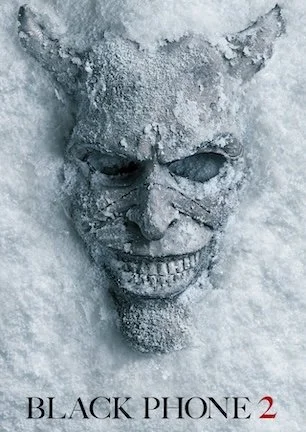Studio: Shudder
Director: Graham Skipper
Writer: Graham Skipper
Producer: Graham Skipper, Lyle Kanouse, Audrey Wasilewski
Stars: Chase Williamson, Fabianne Therese, Lyle Kanouse, Audrey Wasilewski, Johnny Dinan
Review Score:
Summary:
A mysterious video game warps reality for an arcade repair technician, threatening his new relationship in the process.
Review:
As an actor, Graham Skipper is familiar to genre fans for roles in Joe Begos’ “Almost Human” (review here) and “The Mind’s Eye” (review here) as well as Jackson Stewart’s “Beyond the Gates” (review here). There is only one degree of separation between casts and crews on all of those projects as many of the principals run in the same indie scene circles. It’s little wonder then that “Sequence Break,” Skipper’s directorial debut, taps into the same throwback themes of Cronenbergian-type terror and synth-soaked 1980s-ness as his likeminded filmmaking friends.
Chase Williamson, in red alert danger of being terminally typecast as a scruff who always looks like he just rolled out of bed, plays an analog man in a digital world. Oz is the introverted repair technician at an arcade game shop unsurprisingly about to go out of business. While drowning his sorrows in a drink at a local bar, he meets Tess. Oz was too busy under the hood of an arcade cabinet to notice when Tess came into the shop earlier. But she noticed him then and she notices him now. The two of them strike up a convo based on their mutual interest in Miyamoto and eventually strike up a romance too.
Back at the shop, a mysterious man who resembles the raving panhandler outside of Silver Lake’s Whole Foods leaves an even more mysterious circuit board on the floor. Oz finds it and is of course compelled by curiosity to get the unknown game going so he can give it a whirl.
Oz embarks on a psychedelic trip to his namesake when sessions with the weird game result in hallucinations, haunting visions, violent vomiting, and an irresistible urge to do it all over again. The mystery man returns with cryptic warnings about Oz fulfilling his destiny by finding a way to beat the unusually entrancing game.
Meanwhile, the machine’s inner workings begin mutating. Oz also undergoes a transformation. Psychologically, he can’t be certain what is real anymore. Physically, the game seemingly wants to assimilate him. None of this is good for his new relationship with Tess. But it is even worse for the unraveling sanity there may be no hope of saving.
“Sequence Break” is a small film whose big ideas are efficiently encapsulated by just five actors working within a handful of cramped locations. Fabianne Therese as Tess cutely complements Williamson’s Oz to give the couple enough chemistry to keep their romance running. A giallo Christmas lighting scheme coupled with viscous practical effects charges scenery with the style of retro-edged dread and gross goo that filled 20th century video store shelves to the brim.
“Sequence Break” makes for a solid directorial debut, though its undersized scope won’t give “Tron,” or “Bishop of Battle” for that matter, any sleepless nights regarding who is at the top of the heap for sentient video game thrillers. The scrappy film fights hard with more heart and more polish than many microbudget movies. Yet it also shows the seams of its limited resources by asking audience imaginations to meet the onscreen effort halfway.
It’s a trivial quibble, but an illusion-breaker nonetheless, when you can see arcade monitor title screens clearly reading “Donkey Kong” and “RoadBlasters” while the cabinet marquee bears a made-up name like “Space Fighter” or “Lunarium.” Maybe my arcade 80s upbringing makes me a snobby crank, but I can’t buy into a character waxing nostalgic about a game that never existed, particularly when I can see Mario running along a red construction beam.
When Oz is transported inside the game, the other world is staged as an empty black background with one or two lights illuminating Oz in the fore. One shot of Oz climbing back out has the monitor catching the light queerly, revealing itself as a plain piece of black board. Knowing that the right thing to do out of respect for the production is to look the other way doesn’t make such sights any easier to unsee.
Graham Skipper is caught between a rock and a hard place with his movie’s lo-fi sci-fi. In this sort of situation, you never want a first-time filmmaker with minimal money to bite off more than is being chewed here. Skipper’s story is the right mix of intimate drama, cerebral tension, and biomechanical body horror achievable with a small crew on a slim budget.
On the other hand, it’s difficult to be a regular connoisseur of this kind of content and be completely bowled over by the fiction or its realization. Earnest elbow grease is evident. “Sequence Break” is just a touch too slender in scope to pack a knockout punch as slickly sinister sci-fi.
Review Score: 60






If “Match” had been shot in the 1970s, it would have become a cult classic for its skin-crawling weirdness that’s still snicker-worthy in a wicked way.